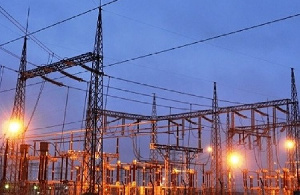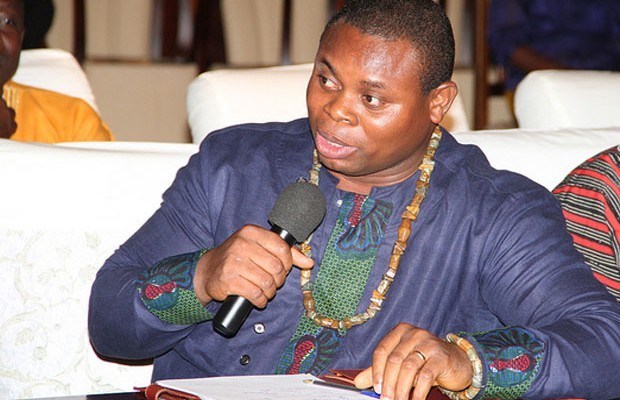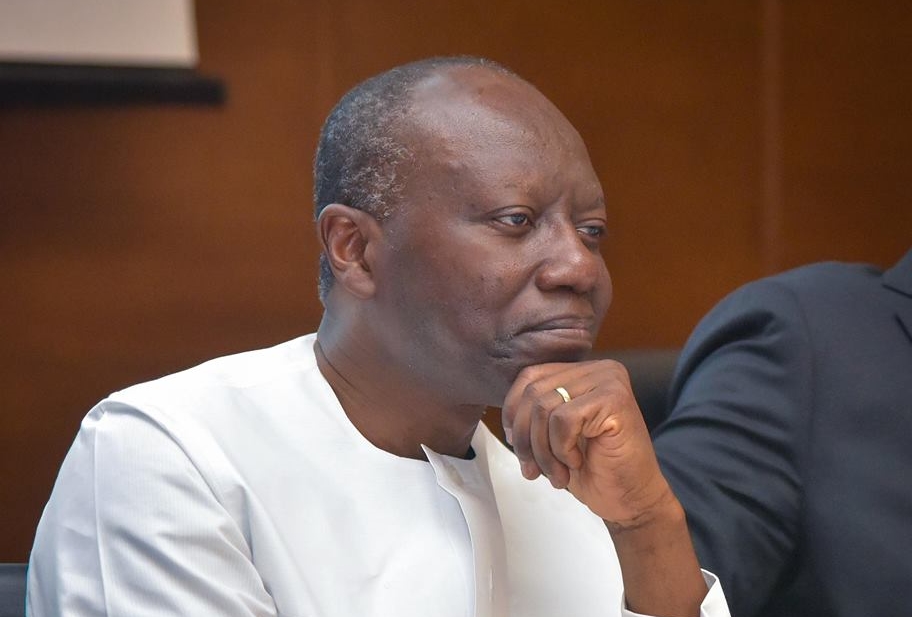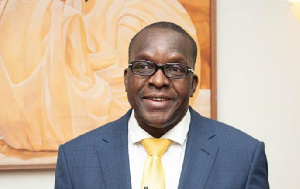Ghana’s electricity export hits two-decade high

Ghana’s electricity export in 2019 reached the highest level in two decades, with 1,430 Gigawatt hours (GWh), representing 7.9 percent of total electricity generation, exported to neighbouring countries, the Energy Commission’s National Energy Statistics report has revealed.
The country’s electricity import in 2019 fell to 127 GWh, equivalent to 0.7 percent of total generation and the lowest level since 2014.
This yielded a net electricity export (export minus import) of 1,227 GWh in 2019, double the net export figure of 600 GWh in 2018 and also the highest level in two decades.
Two decades ago, in the year 2000, Ghana was a net importer of electricity, with 864 GWh—or 13.7 percent of the total generation—imported as against 392 GWh—or 5.9 percent of the total generation— exported.
Ghana’s sharply increased net electricity export partly reflects the surge in installed electricity generation capacity, which increased from 1,652 Megawatts (MW) in 2000 to 5,172 MW in 2019, representing an annual average growth rate of 6.2 percent. In the same period, dependable capacity increased from 1,358 MW to 4,695 MW.
The period between 2012 and 2019, in particular, experienced a rapid expansion in installed capacity, from 2,280 MW to 5,172 MW, representing an annual average increase of 12.4 percent.
This has led to a situation where installed electricity capacity significantly exceeds electricity demand, which peaked at 2,804 MW in 2019—made up of both domestic and export demand.
However, the Energy Commission warned in a separate publication, the 2020 Energy Outlook report, that without urgent steps to address the chronic debt in the power sector, overall sector liabilities could hit US$12.5bn by the end of 2023.
The sector debt has been caused by short-term loans contracted by the power producers, take-or-pay power purchase agreements, and the distribution utilities’ inability to collect adequate revenue to cover their operations, the report said.
Take-or-pay power purchase contracts are common in the energy industry and oblige the off-taker (government, in this case) to pay for power supplied by the producer irrespective of available demand.
The payments over the last two years, which were financed with proceeds from loans, have compounded the country’s debt problems, coming on the back of an expensive financial system rescue that has so far cost the state close to GH?18bn.
The government has consequently been holding talks with independent power producers (IPPs) to restructure the expensive power purchase contracts, hoping that a successful outcome would ease the debt burden in the energy sector.
The 2020 Energy Outlook report said the Energy Sector Recovery Programme (ESRP) has outlined more actions that the government must take to improve the financial health of the energy sector.
The ESRP is a roadmap of immediate, near-term, and medium-term actions needed to achieve government’s aim to bring the sector into balance by the end of 2023, and a commitment by government to fund the annual sector shortfall (with sector stabilisation payments) from 2020 onwards until the sector is in balance to prevent further accumulation of arrears.
Source: thebusiness24online.ne





